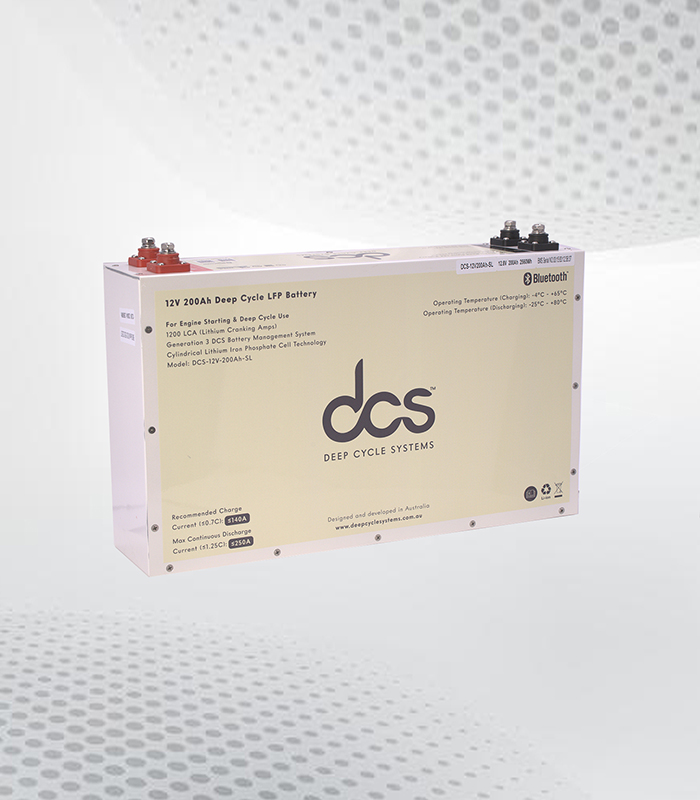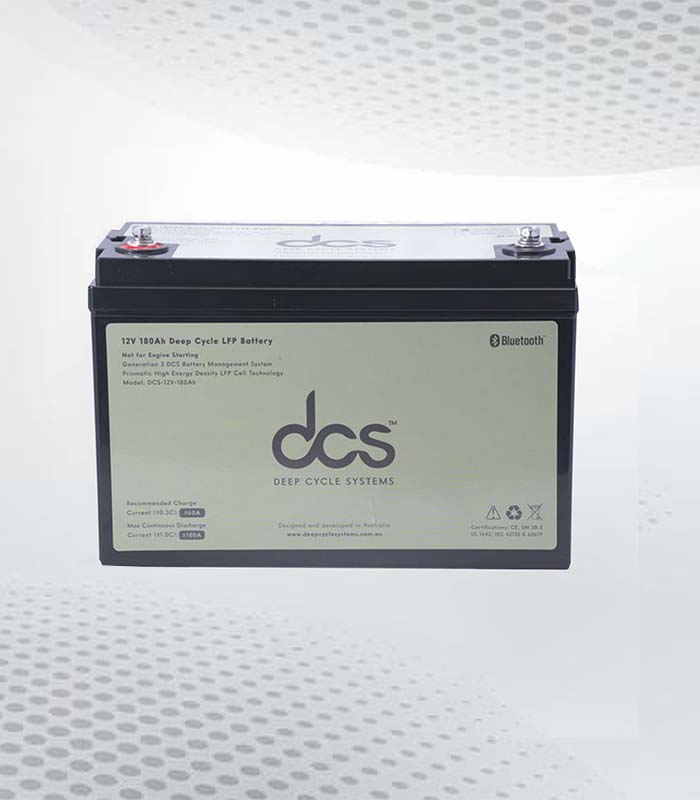Solar battery systems are becoming popular for homeowners seeking energy independence and sustainability. As the demand for renewable energy grows, more individuals are exploring how this technology can enhance their lives. Imagine harnessing the sun’s power to run your home and store surplus energy for those cloudy days or nighttime use. This innovative solution opens up new possibilities in energy management.
Understanding how these systems work is essential for anyone considering an investment in solar technology. Each component plays a critical role in creating a reliable powerhouse at home, from capturing sunlight with solar panels to storing that precious energy in batteries. Dive into the details of home solar battery system and discover why they might be the perfect fit for modern living.
How Do Solar Battery Work?
Solar battery function by harnessing sunlight to generate electricity. During daylight, solar panels capture energy and convert it into usable power, which feeds the home’s electrical system.
- Excess energy produced during peak sunlight hours is stored in batteries. These batteries are essential for later use when the sun isn’t shining, such as at night or on cloudy days.
- Advanced technology manages the flow of electricity between the solar panels, batteries, and home. Inverters play a crucial role here; they transform direct current (DC) from the panels into alternating current (AC), which powers household appliances.
- Charge controllers ensure that batteries remain healthy by regulating energy input and output. This balance prevents overcharging or deep discharging, thus extending battery life.
- With this seamless integration of components, homeowners can enjoy a reliable source of clean energy while reducing dependence on traditional power grids.
Components of a Solar Battery System
A solar battery comprises several vital components that harmoniously harness and store energy. At the core of this setup is the solar panel, which captures sunlight and converts it into electricity. Here are five headings with detailed content about the components of a solar battery:
Solar Panels
Solar panels are the primary component of a solar battery system, responsible for converting sunlight into electrical energy. Composed of photovoltaic cells, these panels capture solar energy and generate direct current (DC) electricity. The efficiency and capacity of solar panels can significantly impact the overall performance of the solar battery, with factors such as panel orientation, shading, and temperature affecting their output.
Charge Controller
The charge controller regulates the flow of electricity from the solar panels to the battery bank. It prevents overcharging and over-discharging of the batteries, which can damage them and reduce their lifespan. The charge controller also ensures the batteries receive the appropriate voltage and current, optimizing their performance and longevity. There are two main types: PWM (Pulse Width Modulation) and MPPT (Maximum Power Point Tracking), with MPPT being more efficient and suitable for larger systems.
Battery Bank
The battery bank stores the energy the solar panels generate for later use. In a solar battery, batteries are typically lead-acid or lithium-ion, with each type offering different advantages in terms of lifespan, efficiency, and maintenance. The size and capacity of the battery bank determine how much energy can be stored and used when solar production is low or during periods of high demand. Proper battery management and maintenance ensure reliable energy storage and system performance.
Inverter
The inverter is a crucial component that converts the DC electricity stored in the batteries into alternating current (AC) electricity, which is used to power most household appliances and devices. Inverters come in various types, including string, microinverters, and hybrid inverters. Hybrid inverters can also manage the energy flow between solar panels, batteries, and the grid, providing additional flexibility and control over the energy system.
Energy Management System (EMS)
An Energy Management System (EMS) monitors and optimizes the performance of the solar battery. It provides real-time data on energy production, consumption, and battery status, allowing users to track system performance and make informed decisions about energy usage. EMS can also include features like load management, which helps prioritize energy use and ensure that critical loads are maintained during power outages or periods of low solar production. Advanced EMS solutions may integrate with smart home technologies for greater control and automation.
Benefits of Installing a Solar Battery
Installing a solar battery offers numerous advantages that enhance energy independence. Homeowners can store excess energy generated during the day, ensuring power availability after sunset. Here are five headings with detailed content about the benefits of installing a solar battery:
Enhanced Energy Independence
Installing a solar battery enhances your energy independence by allowing you to store excess solar energy generated during the day for use at night or during cloudy periods. This reduces reliance on the grid and helps ensure a steady power supply, especially during power outages or periods of high energy demand. Energy independence can lead to lower utility bills and increased control over your energy usage.
Cost Savings and Financial Incentives
Solar battery can contribute to significant cost savings over time. By storing excess solar energy, you can reduce the electricity you need to purchase from the grid, lowering your monthly energy bills. Additionally, many regions offer financial incentives, rebates, or tax credits for installing solar battery, which can help offset the initial investment and improve the overall return on investment.
Increased Property Value
Homes equipped with solar battery often see an increase in property value. Potential buyers may be attracted to the energy savings and enhanced sustainability features a solar battery offers. As more homeowners seek environmentally friendly and cost-effective solutions, installing a solar battery can make your property more appealing in the real estate market.
Improved Energy Resilience and Reliability
A solar battery improves energy resilience by providing backup power during grid outages or emergencies. With a reliable battery storage system, you can maintain essential appliances and systems, such as refrigeration, lighting, and medical equipment, even when the grid is down. This added reliability ensures that your home remains functional and safe during power disruptions.
Support for a Sustainable Lifestyle
Installing a solar battery contributes to a more sustainable lifestyle and reduces your carbon footprint. Solar energy is a renewable and clean power source, and storing excess energy for later use maximizes the environmental benefits of solar panels. Using stored solar energy instead of grid electricity helps decrease reliance on fossil fuels, supports renewable energy adoption, and aligns with broader environmental and sustainability goals.
Factors to Consider Before Installing a Solar Battery
Before installing a solar battery, several factors warrant careful consideration.
- First, assess the energy needs of the household. Understanding daily consumption helps determine the appropriate battery size and capacity required for optimal performance.
- Next, evaluate local regulations and incentives. Many regions offer tax credits or rebates that can significantly reduce installation costs.
- The type of solar panel system already in place also matters. Compatibility with existing technology ensures efficient integration without unexpected expenses.
- Additionally, consider available space for installation. Adequate room is crucial not only for batteries but also for necessary components like inverters and charge controllers.
- Think about future energy goals. Planning will help accommodate potential expansions or additions to the renewable energy setup.
Maintenance and Care for Off Grid Battery System
Maintaining an off-grid battery system is crucial for optimal performance. Regular checks on the battery’s voltage and condition can prevent unexpected failures. Cleaning terminals is essential to avoid corrosion, which can impede energy flow. A simple wipe with a cloth or a brush will help clear connections.
If applicable, it’s also important to monitor the water levels in flooded Off Grid Battery System. Keeping them filled with distilled water ensures longevity. Temperature plays a significant role, too; extreme heat or cold can shorten battery life. Installing batteries in a climate-controlled environment helps mitigate these effects.
Routine inspections of wiring and connections should also be noticed. Any signs of wear or loose fittings require immediate attention to maintain reliability. They update software for smart systems when necessary and guarantee efficient operation and integration with other components in the solar setup.
Solar Panels: Capturing and Converting Sunlight into Electricity
Solar panels play a crucial role in the functionality of a solar battery. They capture sunlight and convert it into electricity through photovoltaic cells. These cells are typically made from silicon, which absorbs photons from sunlight. When sunlight hits these cells, it excites electrons, generating direct current (DC) electricity. This process is efficient and sustainable.
The energy produced depends on several factors, including panel orientation, shading, and weather conditions. Optimal placement can significantly enhance energy production throughout the day. Once converted to DC electricity, this energy can be used immediately or stored for later use in batteries. The seamless integration between solar panels and battery systems enables homeowners to effectively maximize their renewable energy utilization.
Battery Storage: Storing Excess Energy for Later Use
Battery storage plays a crucial role in solar battery. It allows homeowners to harness excess energy generated during sunny days for later use, ensuring that energy needs are met even when sunlight is scarce. The stored energy can power homes at night or on cloudy days, providing a reliable source of electricity. With advancements in technology, modern batteries are designed to be more efficient and compact than ever before.
Lithium-ion batteries are among the most popular choices due to their longevity and capacity for deep cycling. They charge quickly and have higher energy density compared to traditional lead-acid options. Understanding how much energy can be stored helps homeowners optimize their consumption patterns. By strategically using this stored energy, one can reduce reliance on the grid, potentially saving utility bills while promoting sustainability.
Inverters: Transforming Solar Energy into Usable Power
Inverters play a crucial role in solar battery. They act as the bridge between the solar panels and household appliances, converting direct current (DC) electricity generated by the panels into alternating current (AC) electricity. This transformation is essential because most home appliances operate on AC power. Without an inverter, harnessed solar energy would remain unusable for everyday needs.
Different types of inverters are available, including string inverters, microinverters, and hybrid models. Each has unique benefits tailored to various setups and preferences. Additionally, advanced features such as monitoring capabilities allow homeowners to track energy production and consumption effectively. This functionality can lead to better efficiency decisions. Proper selection of an inverter ensures optimal solar battery performance while maximizing energy savings over time. Understanding this component enhances overall system effectiveness and reliability.
Installation Process: What to Expect When Setting Up Your System
The installation process for a solar battery begins with a thorough property assessment. Professionals will evaluate energy needs and roof space to determine the best setup.
- Next, homeowners can expect detailed planning sessions. This stage often involves selecting the right components based on budget and efficiency goals.
- Once plans are finalized, technicians arrive to install solar panels first. These panels are typically mounted on roofs or in open areas with abundant sunlight.
- Afterwards, they will set up battery storage units in an accessible location. This ensures that all excess energy generated can be stored efficiently for later use.
- Inverters come next, converting DC electricity from the solar panels into AC power suitable for home appliances.
- Charge controllers are installed to regulate energy flow between batteries and other components, safeguarding against overloads or discharges. Each step is crucial for optimal performance and longevity of the system.
Charge Controllers: Regulating Energy Flow and Protecting the System
Charge controllers are vital components in a solar battery. They manage the energy flow between solar panels and batteries, ensuring efficient operation. These devices prevent overcharging, which can damage batteries and reduce their lifespan. By regulating voltage and current, charge controllers maintain optimal conditions for energy storage.
They also protect against discharging too deeply. This feature safeguards the batteries from potential harm caused by excessive depletion. Different types of charge controllers exist, including PWM (Pulse Width Modulation) and MPPT (Maximum Power Point Tracking). Each type has its advantages depending on system requirements. In addition to regulation and protection, modern charge controllers often come equipped with monitoring capabilities. Users can track performance metrics through apps or displays for informed decision-making about energy usage.
Common Issues and Troubleshooting: Ensuring Reliable Operation
While efficient, solar battery can encounter certain issues. Understanding these common problems helps ensure reliable operation.
- One frequent concern is insufficient charging. This may occur due to cloudy weather or faulty solar panels. Regular monitoring of panel performance can help detect and address this issue early.
- Battery degradation is another possibility. Over time, batteries lose their capacity to hold a charge effectively. Tracking the battery’s age and health will help determine when it needs replacement.
- Inverter malfunctions can also disrupt energy flow. Checking connections and settings might resolve the issue if power conversion seems inconsistent.
- Improper installation may lead to various complications later on. Engaging certified professionals for setup ensures all components work harmoniously together, reducing potential headaches later.
What is a Solar Battery? An Overview
A solar battery is designed to store energy generated from solar panels. It plays a crucial role in enhancing the efficiency of a residential solar setup. When sunlight hits the solar panels, they convert it into electricity. Not all this energy is used immediately. This is where the battery comes into play, capturing excess power for later use.
These systems allow homeowners to harness renewable energy even during cloudy days or at night. With stored energy, reliance on traditional grid sources diminishes significantly. Homeowners can experience increased energy independence and lower utility bills over time. Integrating these batteries also contributes positively to environmental sustainability by reducing carbon footprints.
Conclusion
The landscape of energy consumption is evolving, with home solar battery system at the forefront as a sustainable power solution. These innovative setups enable homeowners to harness renewable energy effectively, providing independence from traditional grid reliance and lowering electricity costs. These systems deliver reliable and clean energy right at home through the seamless integration of solar panels, batteries, inverters, charge controllers, and monitoring technology. With proper maintenance and care, a well-designed setup can provide lasting benefits for years.
FAQS
What is a home solar battery system?
A home solar battery system stores excess energy generated by solar panels for later use, allowing homeowners to use solar power even when the sun isn’t shining.
How does a solar battery work?
Solar panels generate electricity, which is used immediately, stored in the battery, or sent to the grid. The battery stores excess energy and releases it when needed, such as during nighttime or power outages.
How long do solar batteries typically last?
Solar batteries generally last 5 to 15 years, depending on the type, usage, and maintenance. Lithium-ion batteries tend to have a longer lifespan than lead-acid batteries.
Are solar battery systems cost-effective?
While the initial cost can be high, solar battery systems can be cost-effective in the long run by reducing electricity bills and providing backup power. Savings vary based on energy consumption, solar panel efficiency, and local incentives.




